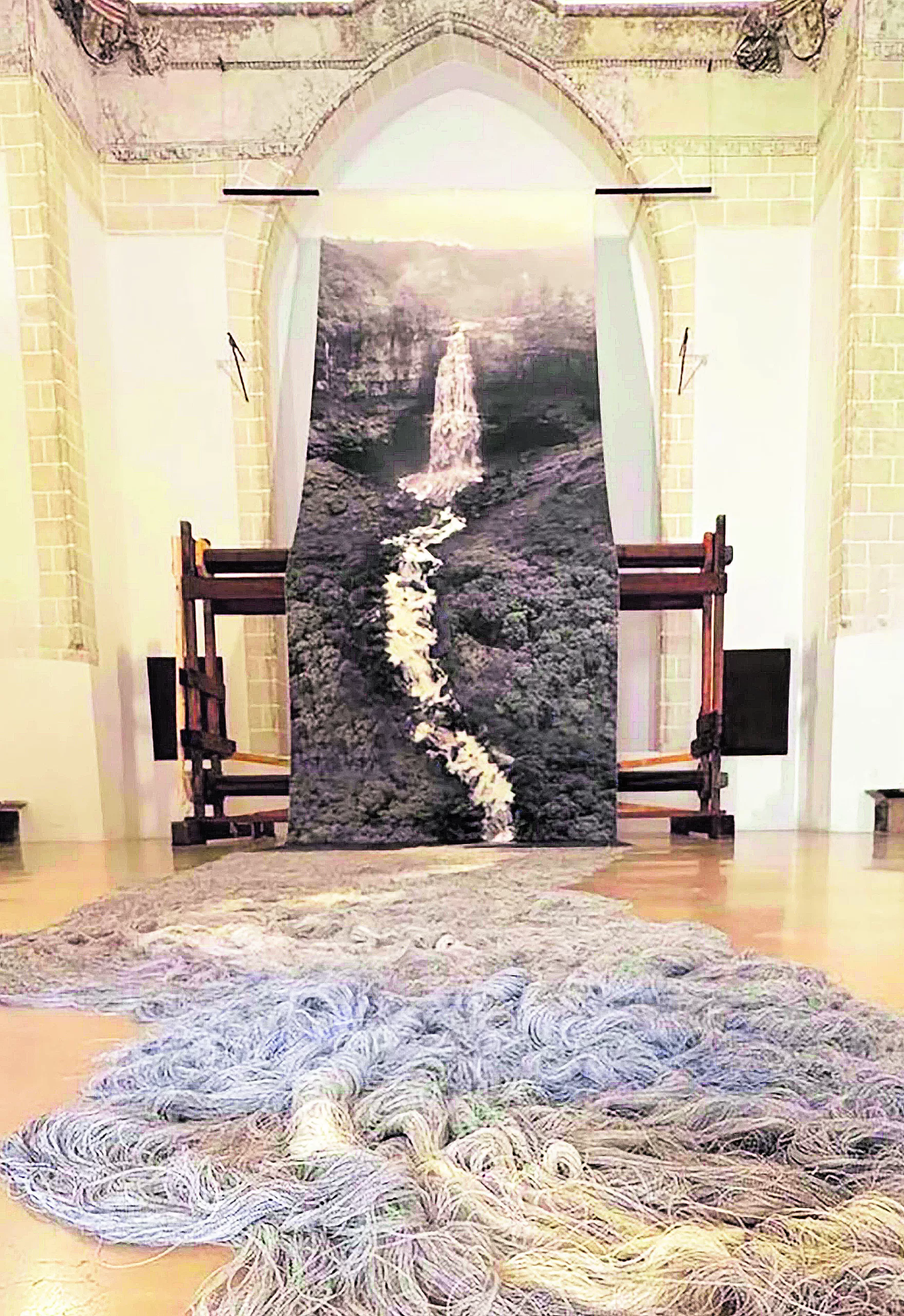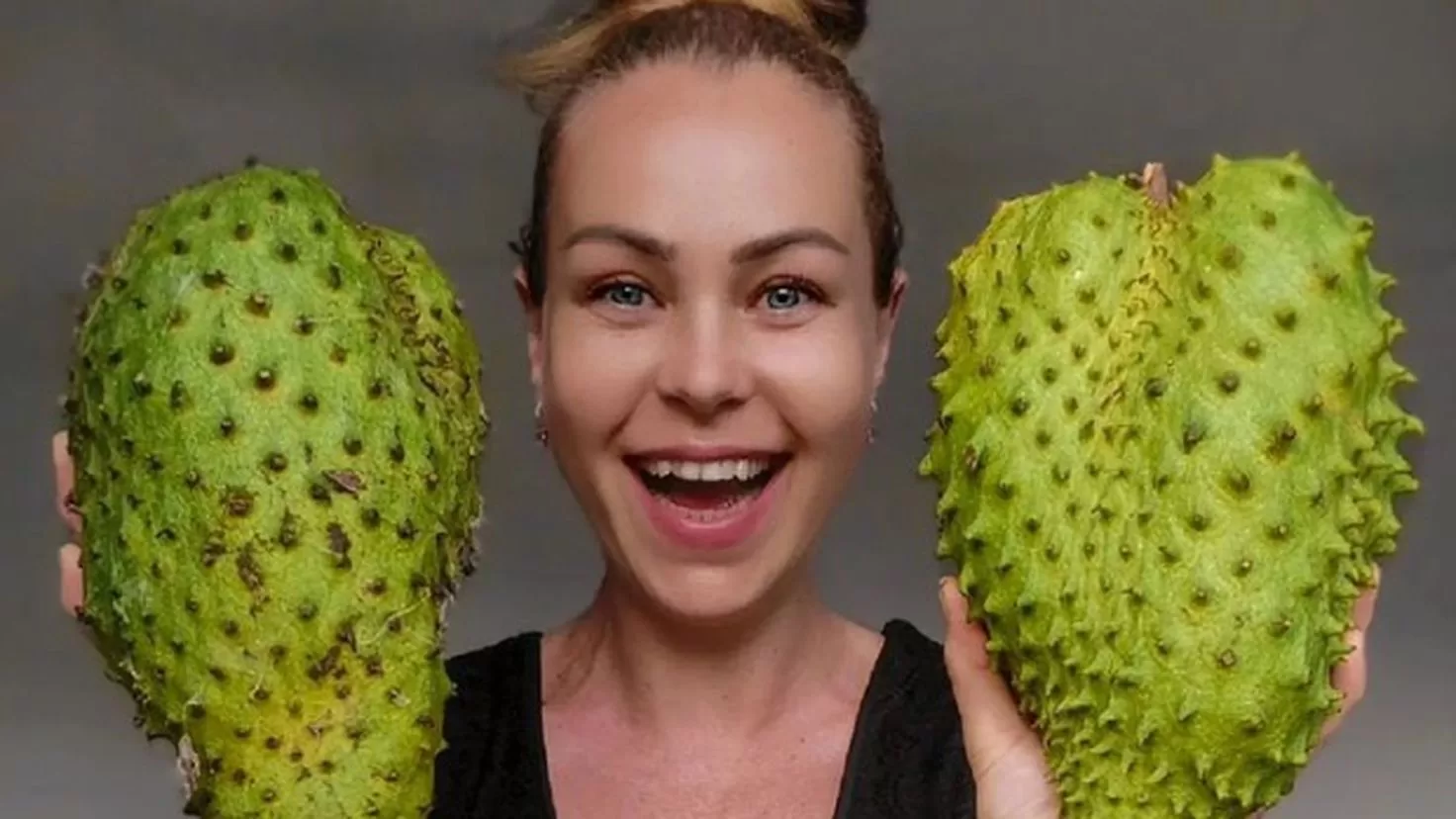“The space of the chapel spoke to me, and more when I discovered that under that oratory there are some ruins of what were the Roman baths, as if it were a temple for the goddess Venus, of love,” he says.
(Read also: The accused of stealing from the British Museum is an expert in Ancient Greece)
The oratory is part of what was the Gothic church of San Juan Bautista, an architectural work that was rebuilt and rests on the remains of some baths from Roman times. It is a unique and very important place for Toledo. It was recently restored and has a simplicity and light that captivated me ever since I was invited by the Toledo Consortium to exhibit there. It is very meaningful to me, because my father was a Jesuit (until he fell in love with my mother at the age of 50), and from a very young age he took me to Europe to see the monasteries, churches and convents. And it’s beautiful to see how my first individual exhibition in Spain is in a church that has a very important Jesuit history. It’s like a tribute to my father, to those fascinating trips to museums, churches and convents that I will never forget.
What was the biggest challenge to assemble the piece?
Your threads. Making the Tequendama piece took more than six months. A very intense and beautiful teamwork. It is a textile of more than 18 meters long that runs through the entire chapel. It was quite a feat to make and transport such a large but delicate piece. From working on the right photograph and preparing it on the textile, and then thread by thread roughing more than 10 meters of fabric, it was a long road. We have been working with textiles for more than 15 years, roughing them has been a very deep investigation of my trade since my studies in France around 2001 with silks, fabrics and gobelins, but such a large fabric for that space was a very special and beautiful challenge.
Work of the plastic artist Ana González.
Tropics is a thought. As the indigenous sagas or wise men say when they think while weaving or while cultivating the land. When I think of the tropics I think of humid land, hot land, waterfalls, waterfalls, mountains, jungles, rivers, cloud forests, perpetual snow, the hummingbird, the jaguar and the sacred eagle, everything that is still left on this planet that makes us still breathe and sigh. After traveling a lot, for years, in a territory called today Colombia and always contemplating earthly landscapes, I always come to the same thought: ‘The heart of the jungle continues to beat and keeps us alive.’ So, why do we destroy so much beauty, why in such an indifferent, apathetic and systematic way, do we continue to live without understanding that this heart has almost disappeared from the world? The heart of the world… that’s what the shamans of the Apaporis River call it. Tropics is a call to the heart of the world, to the heart of the jungle, to connect with it, with that origin and understand that we are still nature. Tropics is the commonplace of all of us who still believe in Paradise.
Maybe very small, with my family, many times. But every time it’s as if she were the first, because of her beauty, her majesty and imposingness. It’s a shame about the smell, the foam, the pollution, but I only see it with love and admiration that it’s still there, fighting not to drown.
The work is born from a photographic image, how many photos did you take?
Many, that photograph is very special, it was a magical day, one of those in which nature speaks to you and whispers that you are part of it. I knew that this jump was going to be part of my work, but I didn’t know when. I have painted it, drawn it, but that photograph had to speak for itself.
Yes, it’s huge. That’s how we wanted it. Imposing, like the jump. Let the water, the tropics, the nature that has slowly been intervened and finished. It was very symbolic to be in Spain, to be with a piece that talked about deforestation, about what we are losing. Soon our jungles will turn into savannahs, and rivers into deserts, and we don’t want to wake up. The work had to be big, impressive, like the frustration and powerlessness we feel when we can do almost nothing to prevent its destruction.
How was the weaving process?
Humboldt said that “the Earth is a living organism, a fabric where everything is interconnected, from the smallest insect to the tallest tree. This shows how vulnerable nature is, for if a single thread is pulled, the entire tapestry can disappear.” For this reason, it is a rather unweaving process. Image evaporation. Even when this large white textile evokes indigenous looms that speak of the order of life and the history of the loom trade that indigenous cultures have, here it becomes evident that the image is deconstructed. Here the images I make of the jungles and rivers from my trips over 15 years ago become threads. And here those threads turn into rivers, into river foam… into knots… Thread by thread I unravel the image. My work here consists of joining the waterfall and the river in a large loom that I then begin to rough up thread by thread, slowly and almost imperceptibly, just as we finish off what little we have left without realizing it.
The Tequendama waterfall is a sacred place for various indigenous cultures and is part of Muisca mythology, in which it is said that Bochica, the god of the Muiscas, who taught its inhabitants to spin cotton, created the waterfall with a touch of his magic golden rod. But Tequendama is also a river that today is contaminated with everything that we cannot clean. I discovered that the history of the waterfall is the history of the rivers in Colombia, that we turn our backs on the rivers: cities and towns are built not with them but behind their backs. That was not the case before, each river and each waterfall, the sea and the rain, was honored. I discovered that the waterfall is a sacred indigenous place, a place of power and that like all waterfalls and ravines it is a living being. That he is dying, every day, like all the jumps, like the earth. We need to sacralize rivers and nature in general, find places of worship other than money and greed. Mining, monocultures, logging, and cattle ranching are behind the slow death of water and forests.
I wish it wasn’t just the indigenous look. I wish it was also our gaze. My research is based on living and feeling nature, on my travels, on sitting down to listen to indigenous communities for whole days, on connecting in silence with them and with nature in another way, not through reason, academia or of philosophy, but of intuition and common sense. The mamas of the Sierra Nevada taught me that. They sow water. They say that quartz is the seed of water. And they are. Rivers will grow there in a few thousand years. That is why Trópicos is also a tribute to water, and there are some quartz behind the loom as an offering to the earth, so that one day more rivers than deserts will be born.
(You may be interested in: Venezuela celebrates the centenary of the artist Carlos Cruz-Díez)
Mama Shibulata, (Mama Kogui) always said that quartz must be planted so that water is born, that water must be planted so that more trees are born, that trees must be planted so that more birds are born and thus… go sowing love in the world but not only love itself, but love of nature, of mother earth that in the end we are ourselves.
Wade Davis also taught me a lot, every conversation with him, every book of his, his look at history, nature and water have been an inspiration to me like many other writers and explorers, but most of them are men… I needed the feminine gaze, how women connect with the landscape, I had to build that myself.
The installation also has sound, how was the recording of the sounds of the forest?
They were years of recordings, I have many audios of every night in the jungle or in the rain or in the ravine. For me a night with the sound of crickets or the river is happiness. Sound is part of our healing too.
Girotari means “makes drink” in the Uitoto language. The sound piece accompanies Tequendama among backpacking birds of the Amazon River that sing to the water and their nests. It has songs from the taita uitoto in the Amazon calling the heart of the jungle, like honey calling the bees, making a call to connect with the spirit of nature, to return to the origin.
SOFIA GOMEZ
EL TIEMPO CULTURE EDITORIAL





